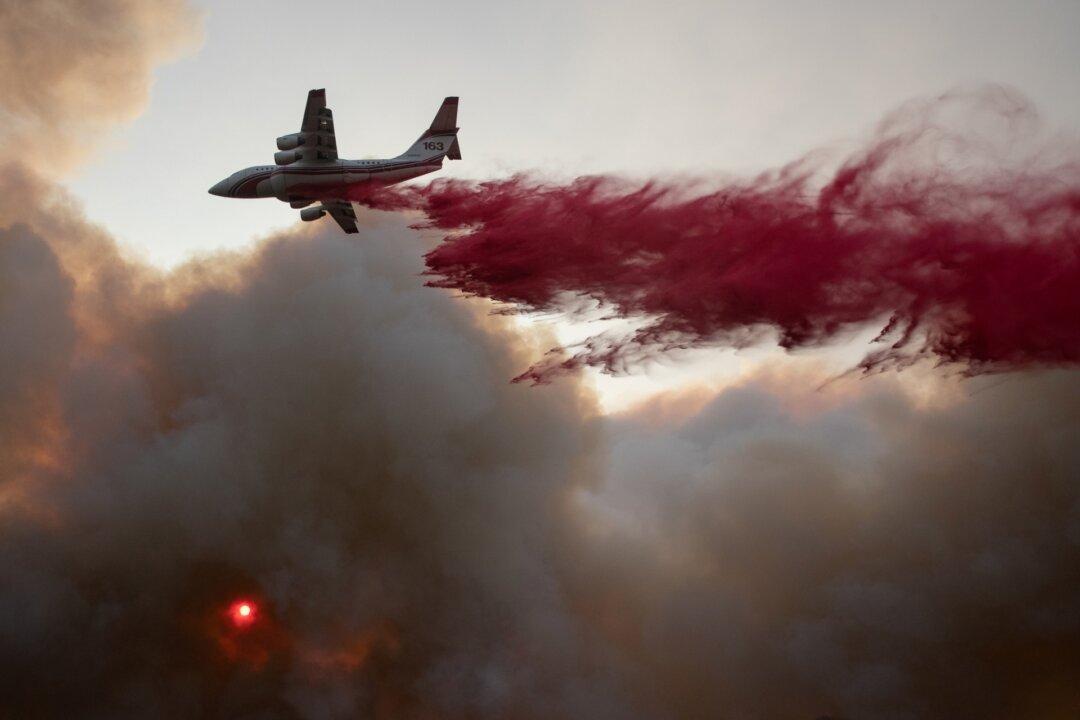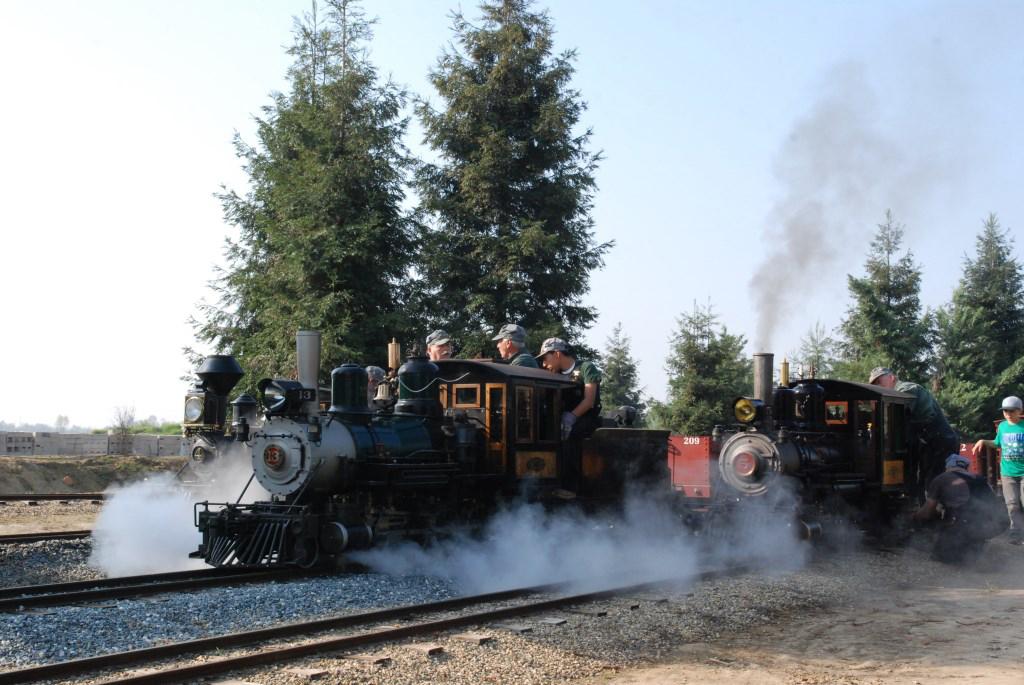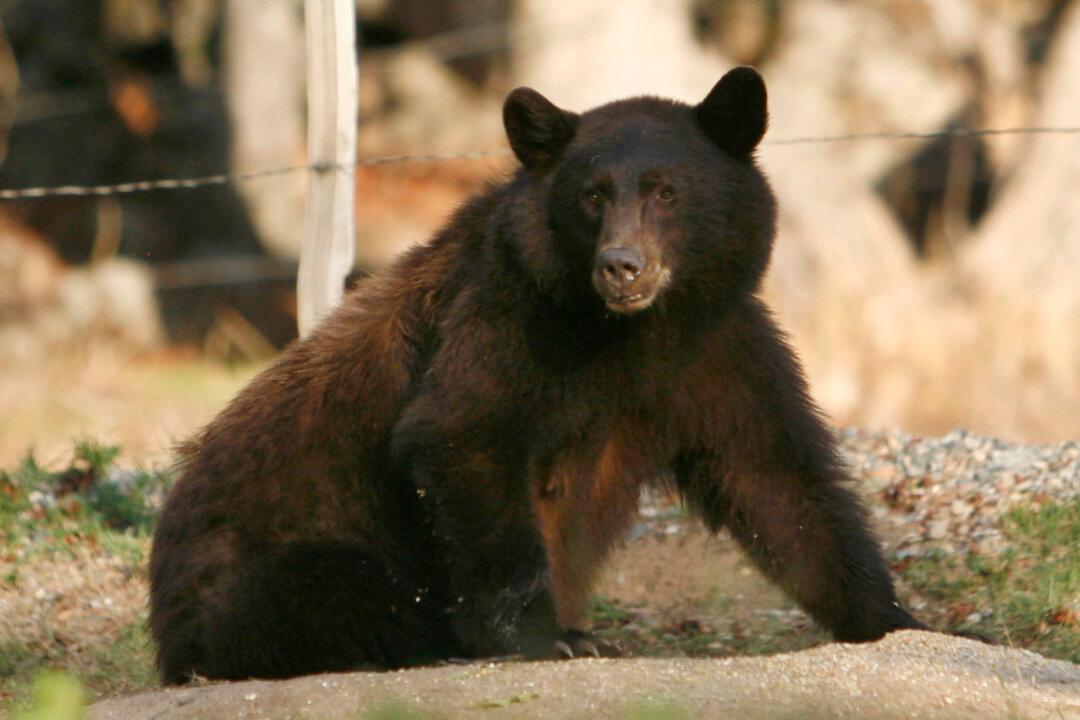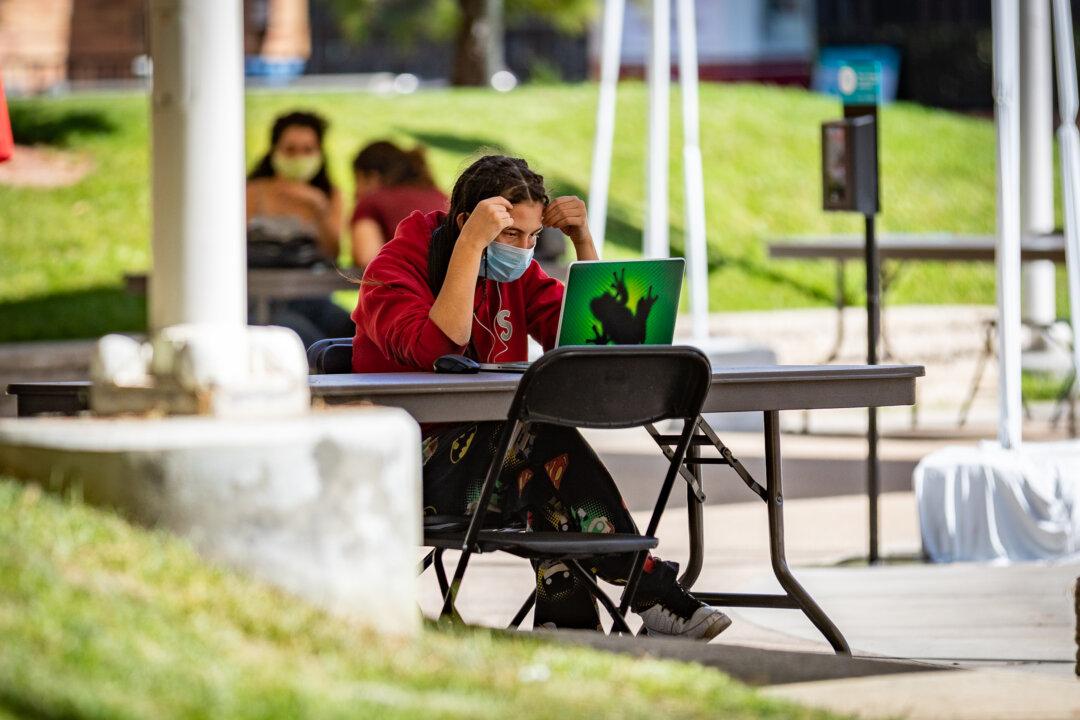California’s constant wildfires have profoundly impacted the state’s environment, and experts say poor land management, warming temperatures, and the climate are to blame.
North of Sacramento, the Park fire is 49 percent contained and so far has destroyed more than 670 square miles in four counties, according to Cal Fire.





